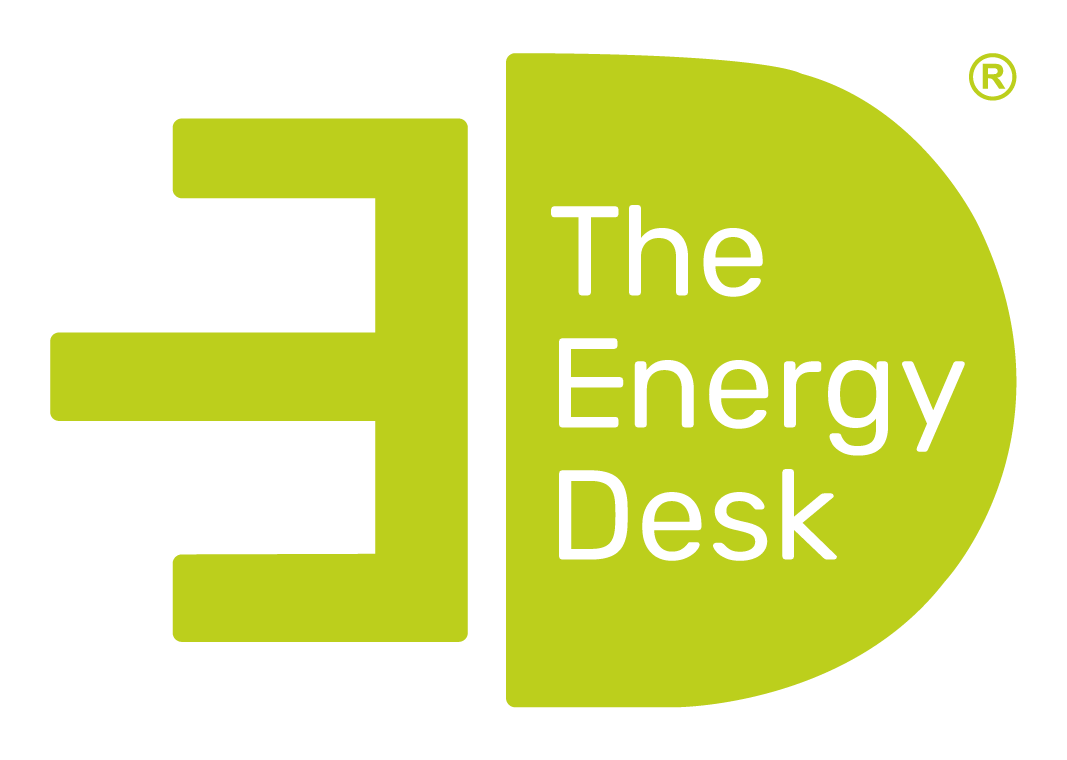Take advantage of The Energy Desk’s new utility connection services to ensure your business has all it needs when it comes to energy.
TED offers a set of core services to assist our customers with all aspects of new utility connections, with a great deal of industry expertise, The Energy Desk is here to meet your business utility requirements.
From infrastructure tendering, to KVA management and beyond, The Energy Desk is committed to fulfilling a host of needs and subsequently, providing its clients with a comprehensive energy service that delivers on a variety of needs.
TED will ensure you never spend more than is necessary by providing the best energy utility services to suit your business model.
Pricing the risk associated with the provision of utility connections can be a difficult task, but The Energy Desk is here to help.
Non–contestable works: To be undertaken by the host Distribution Network Operator (DNO) Contestable Works: To be Undertaken by a Lloyds registered ICP.
Tendering Process:
1) Apply for Point of Connection (POC) and Non-contestable charges.
2) Offer of POC and Non contestable charges made by DNO
3) Contestable works quotation
4) Place order for Contestable works
5) Accept Non-contestable Costs
The Energy Desk can examine proposed infrastructure and offer advice on the choice of meters suitable for the energy consumption and demand required to supply your site to ensure that specifications are met.
This full project management service can include:
By working with TED you will have just one point of contact acting as the intermediary for meter suppliers, installers, meter operators and data collectors. TED have proven experience in planning and project managing the implementation of energy metering, including: new connections, disconnections, upgrades, and diversions smart meters, mains meters, sub meters and data loggers single-site locations, large sites, geographically dispersed sites, multi-site operations.
TED offer advice on all types of commercial and industrial meters available on the market including:
COP 3 and COP 5 electricity metering
Industry tested water meters
Sub metering for Part L Building Regulations
Multi-utility metering
Half-hourly sub metering
TED assists in figuring out whether businesses are operating with the correct ASC, you may be paying for more capacity than you need as a result of what was agreed with the previous tenant or have made the mistake of purchasing new machinery or equipment without ensuring your business has enough available capacity to cover it.
ASC refers to the amount of electricity that the DNO is required to make available for your site. Meaning, it is the maximum electricity you can draw from the grid at any one moment
If you significantly increase the amount of power you draw from the grid you should always make sure your kVa allowance has been arranged in advance with your network operator; or you will most likely be charged excess capacity charges by your DNO.
Start saving on your energy today
Check out some of the most frequently asked questions by our users.
The cost of putting new electricity on a property will vary depending on where you live and your specific case. There are lots of factors involved which will determine the cost, some of which include, the distance from the nearest power pole, if a new transformer needs to be installed, how the power will reach your house and the electricity company’s policies. Not forgetting the cost of wires, poles and trench digging.
The cost to install underground utilities will vary depending on the provider, distance, utilities used and time it will take. Utilities underground are however more expensive than overhead power lines, due to the transmission voltages and life-cycle cost both being greater.
There are no statutory depths for underground electrical cables, as ground levels can change from the original installation, without the knowledge of the cable owner.
Yes. Even if your lines are buried underground, the transmission line may connect overhead, so could possibly be damaged by bad weather. Underground lines can also be damaged by rocks or tree roots and be vulnerable to flooding.
Before you move to a new house, it is best to inform your current supplier, so you can transfer your tariff over to the new property. Take your meter readings with you also, to avoid being overcharged when the new occupier moves into your old house. Most energy suppliers will put new movers onto a standard tariff by default, so ensure you find out who your new suppliers are and switch to a less expensive tariff.
Contact The Energy Desk on 03330 151 221 today or fill in our online contact form and a member of staff will be in touch.
Contact the TED team today and see how we can reduce your business energy costs . Call now on 03330 151 221 or request a call back.

10 Venus House, Mercury Rise,
Altham Industrial Estate,
Accrington, Lancashire, BB5 5BY
10 Venus House, Mercury Rise,
Altham Industrial Estate,
Accrington, Lancashire, BB5 5BY